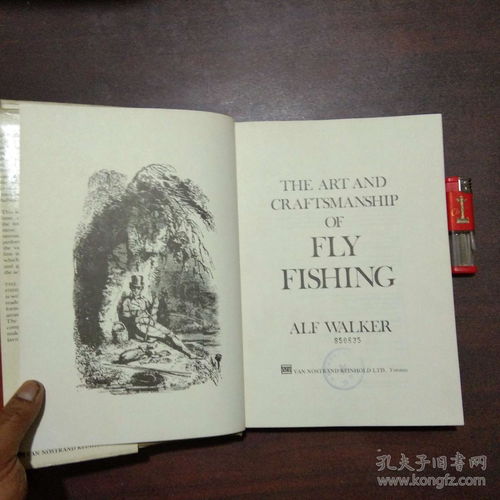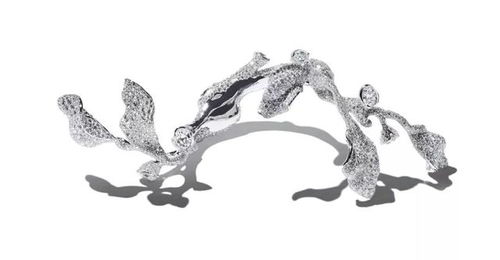Content:
Fishing is an activity that requires patience, skill, and the right equipment. One of the most crucial pieces of equipment for any angler is the fishing rod. However, what do you do when your fishing rod is too soft? It can be a challenge to effectively cast, hook, and land fish with a soft fishing rod. But fear not! In this article, we'll delve into the world of fishing with soft rods and provide you with some essential tips and techniques to help you catch more fish.
Understanding Soft Fishing Rods
First, let's clarify what we mean by a "soft fishing rod." A soft fishing rod is one that is designed to be flexible and sensitive, often with a slower action. These rods are ideal for catching finicky fish that require a more delicate approach. However, their flexibility can also make them challenging to use for certain fishing techniques.
Casting with a Soft Rod
One of the primary difficulties with a soft fishing rod is casting. The flexibility can cause the line to loop or the lure to fall short of its intended target. Here are some tips to improve your casting:
- Practice Casting: Spend time practicing your casting technique. The more you cast, the more you'll learn about the nuances of your rod.
- Light Tackle: Use lighter line and lures to reduce the strain on your soft rod.
- Longer Casts: Make longer casts to ensure your lure reaches the desired location.
- Use a Casting Aid: Consider using a casting aid, such as a weighted line or a rod sock, to help your rod load more effectively.
Hooking and Landing Fish
Once you've cast your lure, the next challenge is hooking and landing the fish. Here are some techniques to help you succeed:
- Use a Soft Leader: Attach a soft leader to your main line to provide a cushion between the fish and the softer rod.
- Light Taps: When setting the hook, use light taps rather than a hard strike. The softer rod is more sensitive and can detect subtle movements.
- Patience: Be patient and allow the fish to take the bait. The soft rod will provide a better feel for the fish's movements.
- Play the Fish Gently: With a soft rod, you need to play the fish gently to avoid pulling them away from the hook. Use a slow and steady retrieve to tire the fish.
Techniques for Specific Fish
Different fish species may require different techniques when using a soft rod. Here are some tips for specific species:
- Trout: Trout are particularly sensitive to vibrations, so it's important to be gentle with your retrieve. Use a fly rod or a light spinning rod with a soft tip for the best results.
- Bass: Bass can be caught on a variety of baits and lures. A soft rod is ideal for using finesse techniques such as the drop shot or wacky rig.
- Panfish: Panfish are often caught in shallow water and require a delicate approach. A soft rod is perfect for this, as it allows you to work the bait slowly and precisely.
Additional Tips

Here are some additional tips to help you make the most of your soft fishing rod:
- Rod Selection: Choose a rod that matches the species you're targeting. A rod that's too soft for the fish you're after won't be as effective.
- Reel Size: Ensure your reel is appropriate for the rod and the type of fishing you're doing. A larger reel may be necessary to handle the softer line.
- Maintenance: Keep your rod clean and in good condition. Regularly check the guides for any damage or buildup that could affect your casting.
In conclusion, fishing with a soft fishing rod can be challenging, but with the right techniques and a bit of practice, you can master the art of catching fish with this versatile equipment. Remember to be patient, practice your casting, and use the right techniques for the species you're targeting. With time, you'll find that a soft rod can be an excellent tool in your fishing arsenal. Happy fishing!












